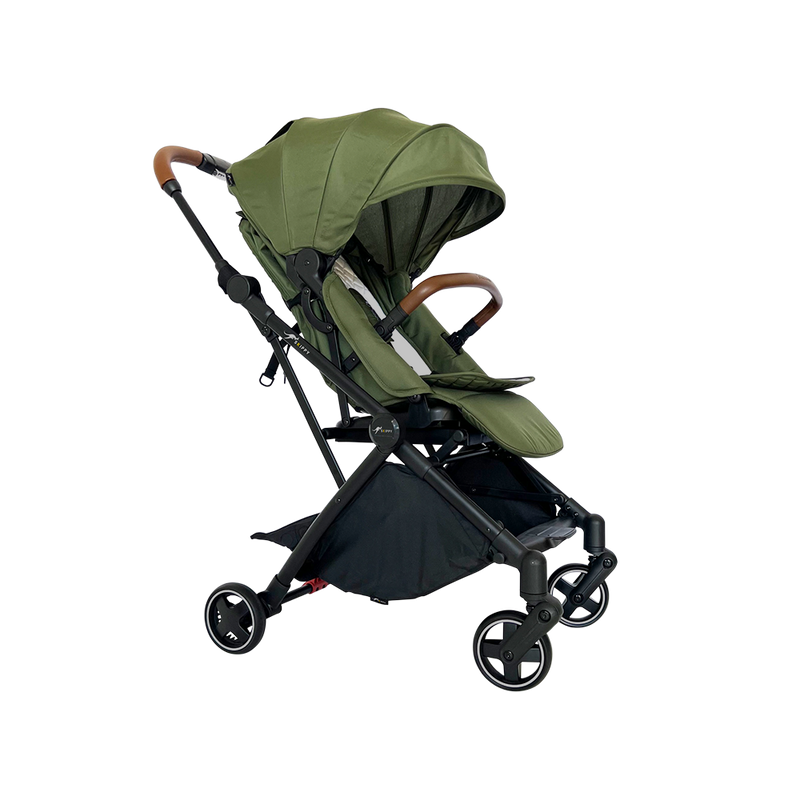Introduction
Selecting the right prams australia is an essential decision for parents, as it plays a crucial role in ensuring comfort and convenience for both the baby and caregiver. With a variety of strollers available, understanding the different types can help you choose the perfect one that fits your lifestyle and needs.
1. Standard Strollers
Also known as full-size strollers, these models are designed to provide durability and comfort. They often come with ample storage, reclining seats, large canopies, and sturdy wheels, making them suitable for everyday use.

Pros:
Comfortable and spacious
Durable and long-lasting
Suitable for infants and toddlers
Cons:
Can be bulky and heavy
Less convenient for travel
2. Lightweight Strollers (Umbrella Strollers)
These strollers are compact and easy to carry, making them ideal for travel and quick trips. They are perfect for older babies and toddlers who no longer need full recline support.
Pros:
best strollers australia Lightweight and portable
Easy to fold and store
Ideal for travel and quick errands
Cons:
Less cushioned and supportive
May not have advanced features like shock absorption
3. Jogging Strollers
Designed for active parents, jogging strollers come with large air-filled wheels and superior suspension, providing a smooth ride on different terrains. They also feature a fixed or lockable front wheel for stability during runs.
Pros:
Excellent maneuverability
Great for outdoor activities and rough terrain
Strong suspension system
Cons:
Heavier than standard strollers
Not ideal for tight indoor spaces
4. Travel System Strollers
A combination of a stroller and a compatible infant car seat, travel systems offer convenience for parents who frequently switch between driving and walking with their baby. The car seat easily attaches and detaches from the stroller frame.
Pros:
Versatile and cost-effective
Easy transition from car to stroller
Long-term use from infancy to toddlerhood
Cons:
Bulkier than lightweight options
Can be more expensive than single-purpose strollers
5. Double Strollers
Perfect for parents of twins or siblings close in age, double strollers come in two designs: side-by-side and tandem (front-and-back seating). Each type has its advantages depending on maneuverability and space considerations.
Pros:
Can accommodate two children comfortably
Some models allow independent seat adjustments
Cons:
Wider or longer than single strollers
Can be heavier and harder to maneuver in crowded areas
6. Convertible Strollers
These adaptable strollers grow with your child, allowing modifications such as adding a second seat, bassinet, or ride-along board. They provide excellent value for long-term use.
Pros:
Versatile and customizable
Suitable for growing families
Long lifespan
Cons:
Can be more expensive
May require additional accessories
7. Carriage Strollers (Prams)
Traditional and elegant, carriage strollers feature a fully reclining bassinet, ideal for newborns. They provide maximum comfort and protection for infants but may not be as practical for older babies.
Pros:
Ideal for newborns and young infants
Provides a smooth and comfortable ride
Cons:
Bulky and not easily portable
Limited use as the baby grows
Conclusion
Choosing the right baby stroller depends on your lifestyle, budget, and specific needs. Whether you prioritize convenience, mobility, or long-term versatility, there is a stroller designed to fit your parenting style. By understanding the different types available, you can make an informed choice that ensures comfort and ease for both you and your baby.